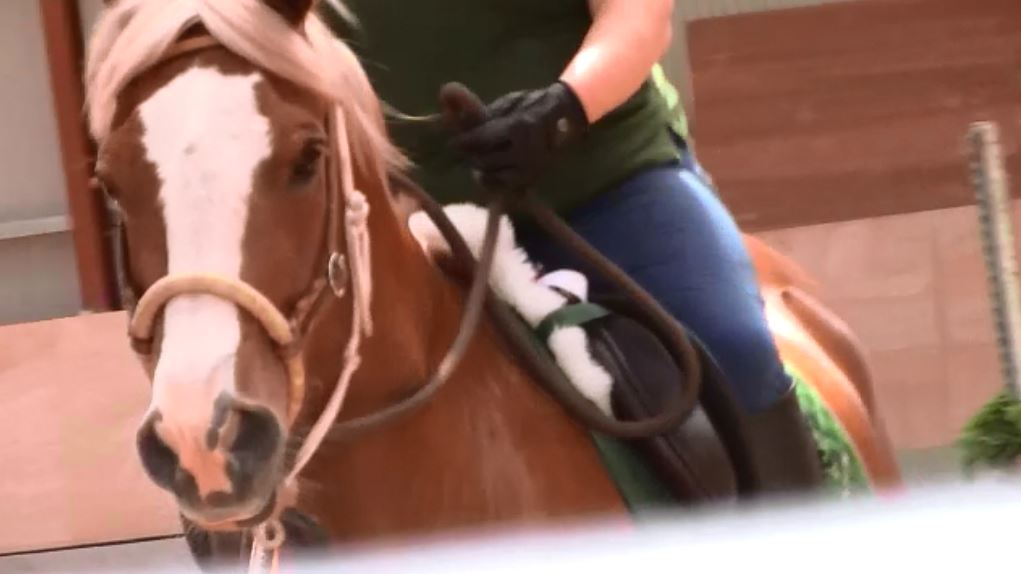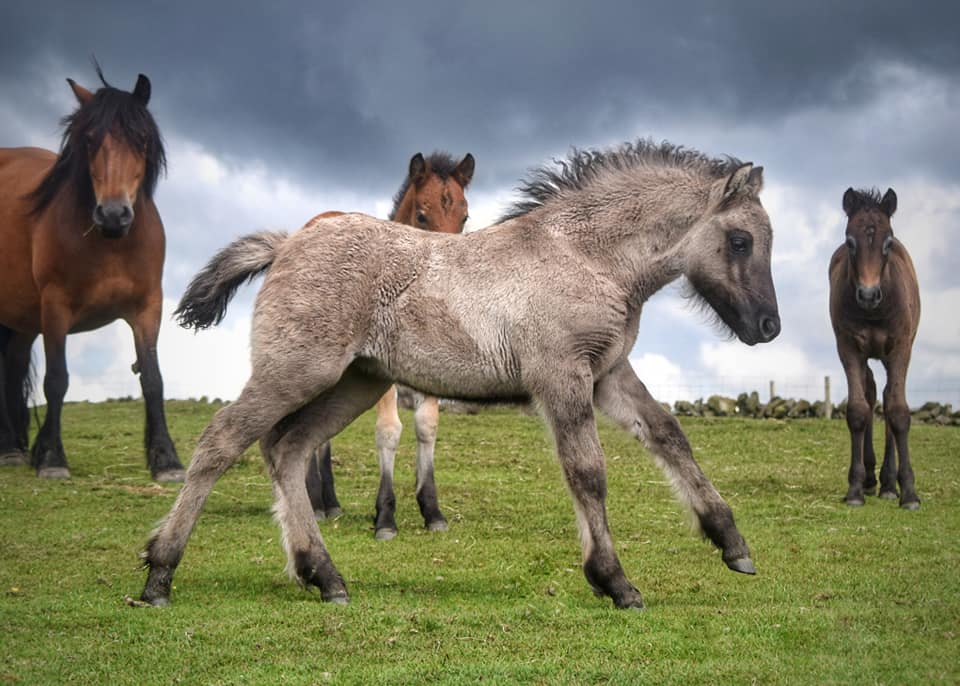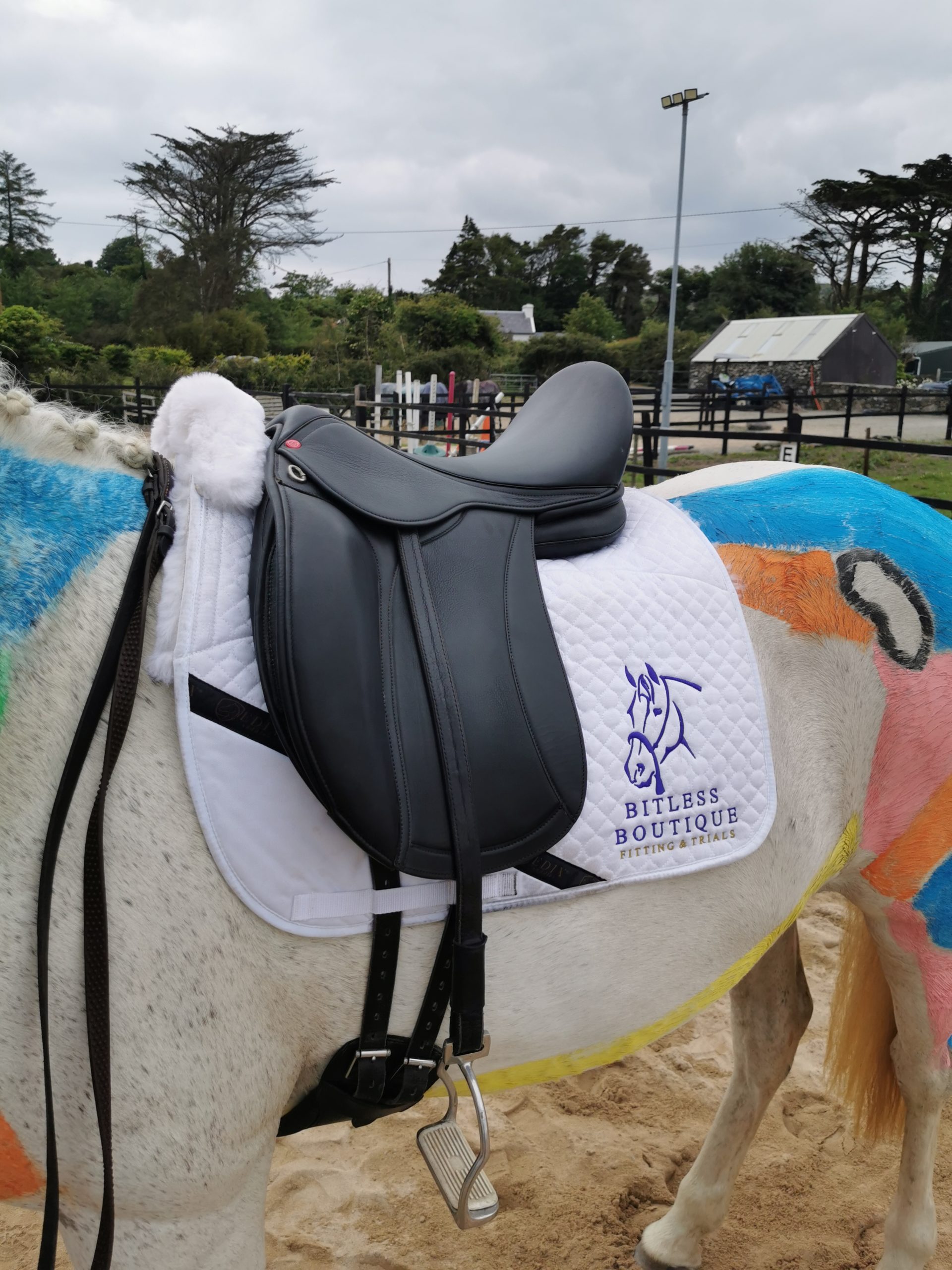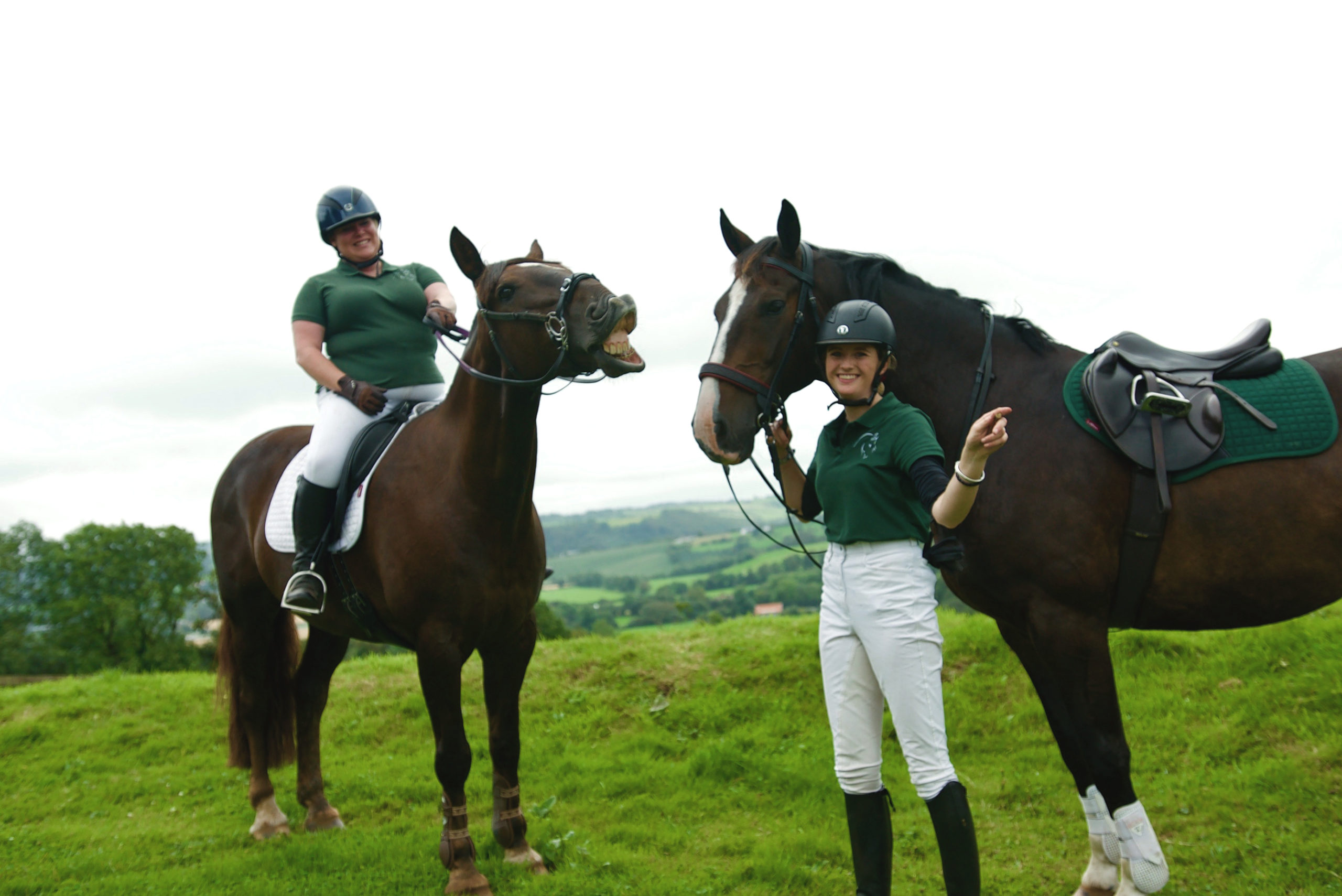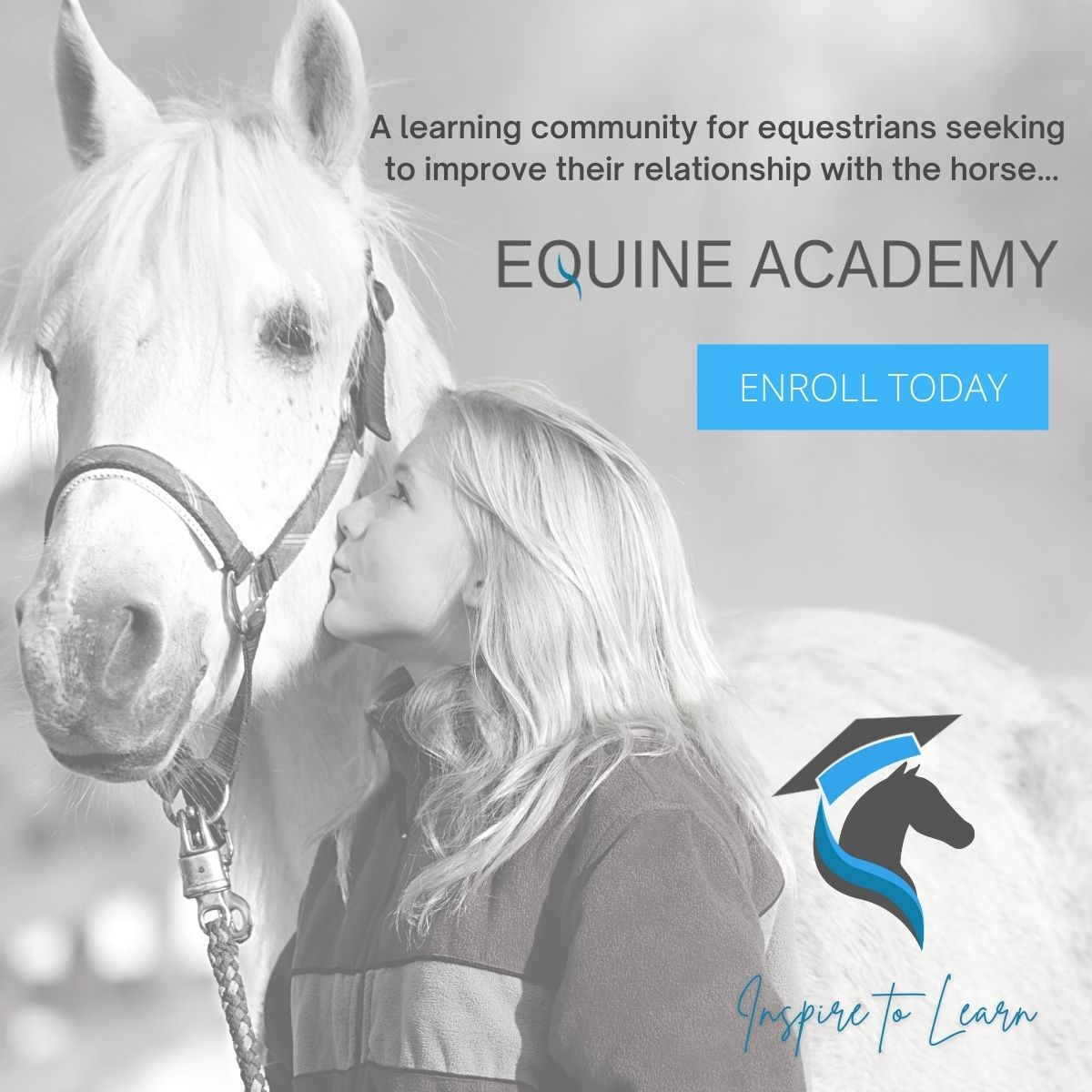Building a Remarkable Connection
Horses have held a special place in human history for centuries, and the partnership between a horse and a human is a remarkable testament to the enduring bond between our species. This connection can take various forms and serve different purposes, ranging from leisurely riding to competitive sports and even therapeutic relationships. Let’s delve into the fascinating world of equine partnerships.
1. The Art of Riding
One of the most common ways humans form a partnership with horses is through riding. This partnership involves much more than simply sitting in a saddle; it’s about communication, trust, and understanding between the rider and the horse. How we understand partnership in riding is evolving, it is going further than the horse simply taking part in our goals; With the role of the social license in play, the rider is under much more scrutiny, especially in situations where the horse refuses to ‘cooperate’ with the riders wishes. We are beginning to question the balance of consent in the partnership, which leads to an interesting dilemma – is the partnership equal?
2. The Magic of Training
Training horses is an art in itself. It’s the process of transforming a wild or inexperienced equine into an educated, confident equine partner. Building a partnership through training requires patience, skill, and a deep understanding of equine behavior. Successful trainers are equipped to earn a horse’s trust and cooperation, creating a harmonious relationship.
The pathway of the partnership may determine how the horse responds in ‘scary’ situations. Many horses can be conditioned to behave a certain way within the confines of an arena or repetitive situation, but in times of uncertainty, the way the horse was trained often peaks through. Horses who are conditioned to look to their trainer for support are usually trained in a way that does not punish the question, or this type of communication. Horses who are unable to say ‘No’ or question their trainer or show very little response can be shut down, which is not a healthy mental state for a horse. There are many ideas on what training is and what is the ‘best’ way to train a horse. My approach to training is to maintain an open mind, continue my education and allow the horse to communicate (in a safe way or at a safe distance).
3. The Legacy of Work
In bygone eras, horses were essential partners in various forms of labor, from plowing fields to pulling carriages and assisting with law enforcement. These partnerships were built on trust and shared responsibilities. While the role of horses in work has evolved, the legacy of this partnership endures in various ways through a mindset that horses are there to ‘do a job’, that in some way they have entered into some sort of silent contract to allow their owner to do what they want in return for bed and board. This is quite a strange approach to horses in my experience, as horses have no choice about their owner, environment, or even what they are used for. Yes if the horse is not able to be used in the way the owner wishes, the horse is often blamed and punished which is an uneven power/punishment dynamic. I am very clear that I do not view horses in this way, I do not think it is possible to maintain a consent-based partnership in a slave/owner dynamic.
4. Healing Through Horses
Horses play a crucial role in therapy. Equine-assisted therapy and equine-assisted learning programs leverage the unique connection between humans and horses to help individuals facing physical, emotional, or psychological challenges. Through these programs, participants develop improved communication skills, heightened self-confidence, and enhanced emotional well-being. We need to be mindful that just as we are susceptible to absorbing the energy and emotions around us, this is also true for horses. A constant stream of absorbing negative emotions could impact welfare and well-being. With the right balance and understanding, I do believe that horses make wonderful therapeutic partners, but we must be responsive and mindful of the effect this has on them.
5. The Joy of Fun!
For many, forming a partnership with horses is all about having and sharing fun. Whether it’s embarking on scenic trail rides, camping with equine companions, or engaging in other leisure activities, these moments create a strong bond between humans and their four-legged friends. There are many activities that we perceive as being fun for us, but often they are less fun for the horse – and there are social pressures in group situations to be able to match the skills and levels of those around us. This can lead to us expecting too much from our horses and pushing them out of their safety zone while bypassing the learning zone. This is where accidents happen in my experience.
Having fun can be joyful, and a wonderful positive experience for both horse and rider, but to build a successful partnership with a horse, it’s essential to cultivate trust, respect, and effective communication. Understanding the horse’s behavior, needs, and preferences is paramount. By providing proper care and training, humans can nurture a bond that is not only fulfilling but also deeply rewarding for both parties involved.
The partnership between a horse and a human is a testament to the enduring connection between our species and these majestic animals. Whether it’s in the arena, the therapy room, or on a leisurely trail, the equine partnership is a remarkable journey of mutual understanding and collaboration.
When building a partnership; here are a few takeaway tips that I personally ask myself.
- Is my horse ready for this e.g activity? It’s important to know if your horse is physically and mentally up for the experience/activity. Pushing a horse too fast too soon leads to a broken partnership, pain, injury – and not just for the horse!
- Am I ready for this? Prepare yourself with the necessary training and experience. Plan to navigate the full activity or training so you don’t get caught out. If it’s something new, go and watch to find out what to expect or work with an experienced trainer to guide you both. If your horse isn’t ready try and find one that is for you to practice on e.g Jumping.
- If my horse says ‘No’ what is the backup plan? Being able to scale back the question to something achievable builds trust and confidence in you both.
- Can we make sure to sandwich our partnership building with mutually fun tasks in between learning activities? Ensure it’s not all about what you want to do – find fun things for them to explore their natural behaviours such as foraging, scratches, moving etc.
- Can I hold space for my horse above the expectations of others? This is important; the company you keep will affect the type of equestrian you are. Watch how they treat their horses and ask yourself if that is how you want to conduct your partnership, If the answer is no, it’s time to find new friends.
- Are we listening to one another? We can often go into our own world, and this is true for our horses. They can hear and see things we can’t so they may not be present when you’re communicating with your seat, rein or voice so keep checking in with yourself and your horse.
I often find these are my go-to questions when working with my horses. I hope these help you next time you plan to work on something new with your equine partner.
Wishing you all the best with your equine partnership, Phillippa.


